Product Description
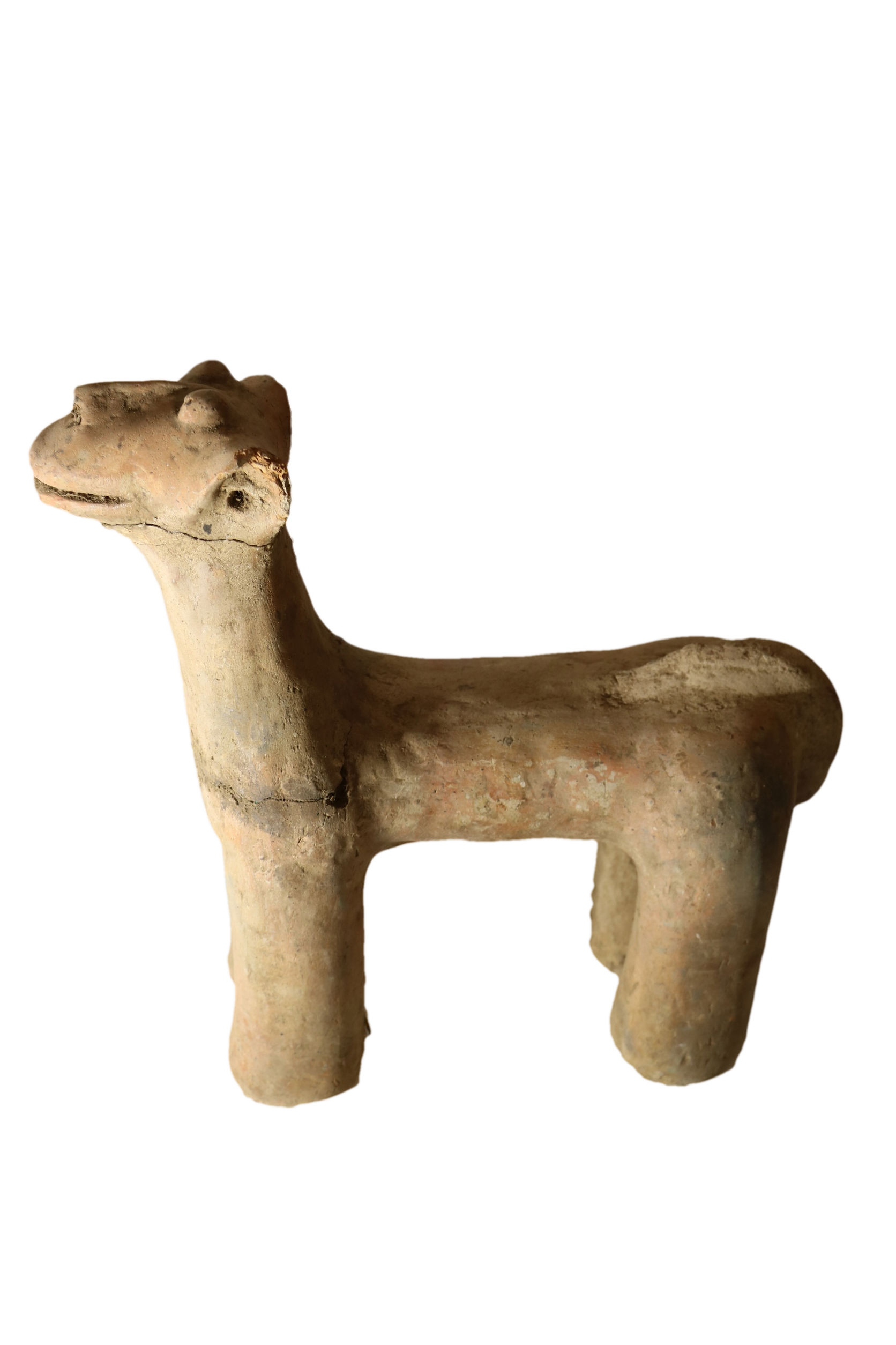
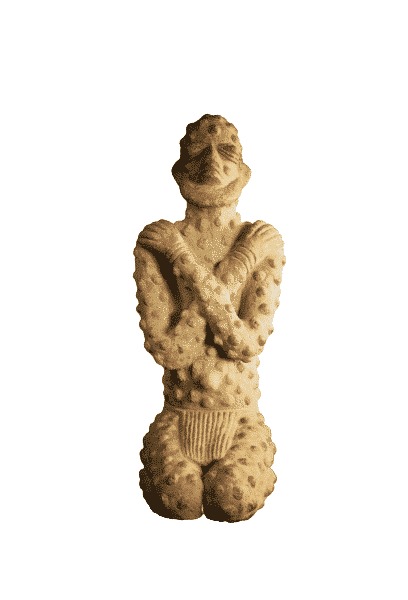
Ala Katsina Terracotta , Nigeria
Made of 100% Terracotta
Model is W 18 – H 57 – D 20 and weight 5 kg
This piece depicting a kneeling or sitting chief was made by the Nok people of Nigeria. The piece is a classic of the Ala Katsina terracotta style and the technique is influenced by the traditional wood sculpting of the Tellem people of Mali.
Little is known of the original function of the pieces, but theories include ancestor portrayal, grave markers, and charms to prevent crop failure, infertility, and illness. Also, based on the dome-shaped bases found on several figures, they could have been used as finials for the roofs of ancient structures.
Description
This piece depicting a kneeling or sitting chief was made by the Nok people of Nigeria. The piece is a classic of the Ala Katsina terracotta style and the technique is influenced by the traditional wood sculpting of the Tellem people of Mali. The carving is relatively naturalistic, and shaped in a series of graceful curves, inherent to the entire body structure to capture likeliness, and always in a sitting or genuflecting position with one knee up. The sculpture is wearing a high coif like a hat, and what appears to be a royal or court attire, an elaborate necklace of multiple strands, probably beads, similar to the prominent Egyptian collars. The sculpture is barefooted and seated on a stool, and wearing an elaborate breechcloth, similar to the Egyptian Gods or Kings, and Sokoto. Elaborated ornamental round bans are seen around the ankles, wrists, elbows, and shoulders. The figure may be a leader, or court magistrate. We are unaware of the political system that was in place.
We can observe a long elliptical robust and large head with bulbous eyes, large nostrils, full lips, and moustache, and prominent arched brows. The Ala Katsina facial features remind us of the moors or phoenicians that once invaded that part of Persia and then fled to Africa. They were never seen again.
Little is known of the original function of the pieces, but theories include ancestor portrayal, grave markers, and charms to prevent crop failure, infertility, and illness. Also, based on the dome-shaped bases found on several figures, they could have been used as finials for the roofs of ancient structures.
The works of Katsina Ala constitute a distinctive sub-style between the Taruga and Samun Dukiya, but have typical stylistic differences. Nok style was adopted by various farming communities of different tribes, rather than being the work of one person.The famous Nok terracotta sculptures were first discovered in Taruga, Kaduna, in 1928 by Colonel Dent Young, a tin miner. Bernard Fagg, an archaeologist, later discovered more sculptures in 1940 and named them “Nok” because of the location where the sculptures were found. The Nok Culture appeared in Nigeria around 1500 BC and vanished under unknown circumstances around 500 AD, having lasted approximately 2,000 years. Iron use, in smelting and forging tools, appears in Nok culture by at least 550 BC and possibly a few centuries earlier.
Leave a reply Cancel reply
Returns and Exchanges
There are a few important things to keep in mind when returning a product you purchased.You can return unwanted items by post within 7 working days of receipt of your goods.
- You have 14 calendar days to return an item from the date you received it.
- Only items that have been purchased directly from Us.
- Please ensure that the item you are returning is repackaged with all elements.
Ship your item back to Us
Firstly Print and return this Returns Form to:
30 South Park Avenue, San Francisco, CA 94108, USA
Please remember to ensure that the item you are returning is repackaged with all elements.
For more information, view our full Returns and Exchanges information.

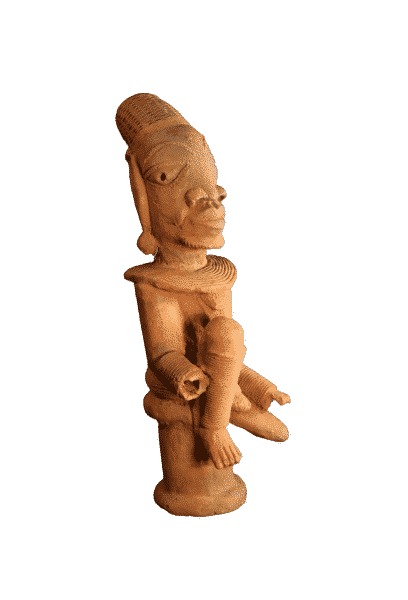
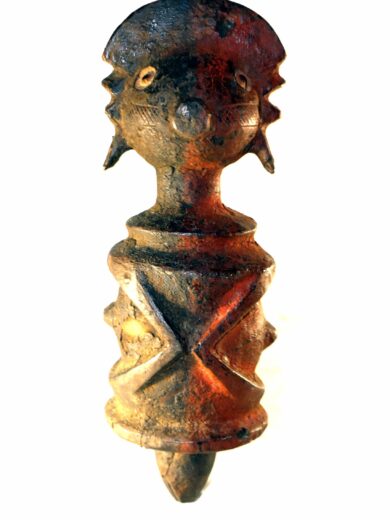
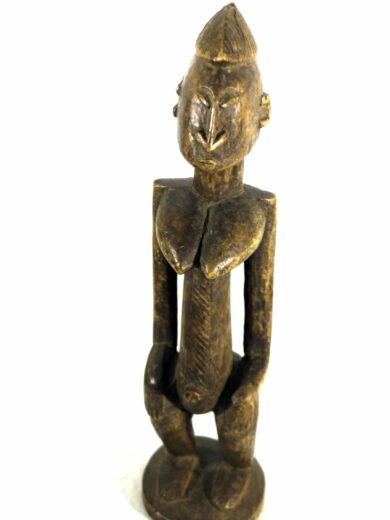
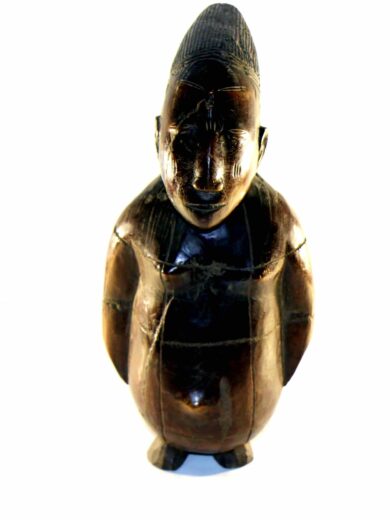
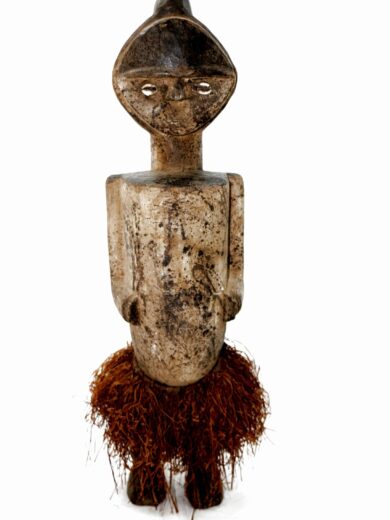

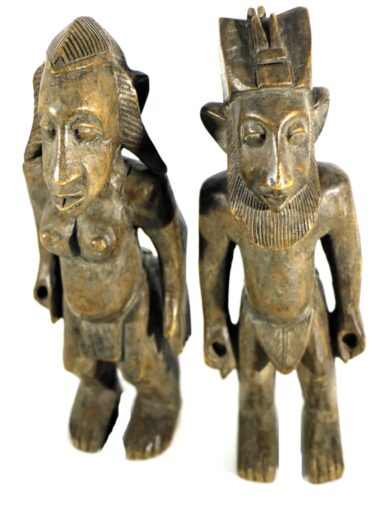
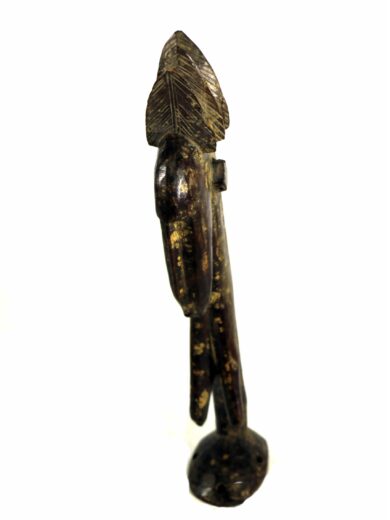
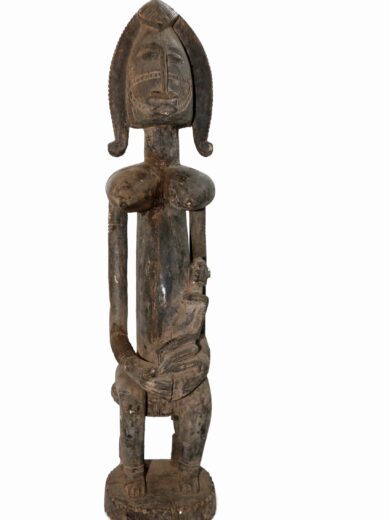
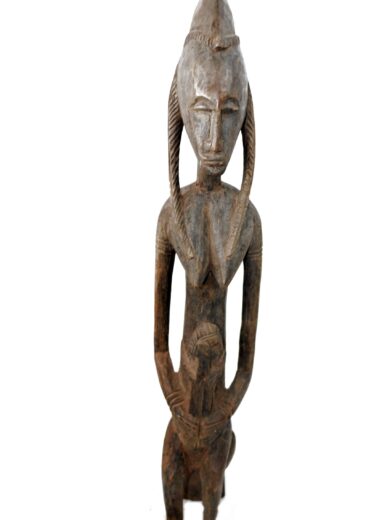



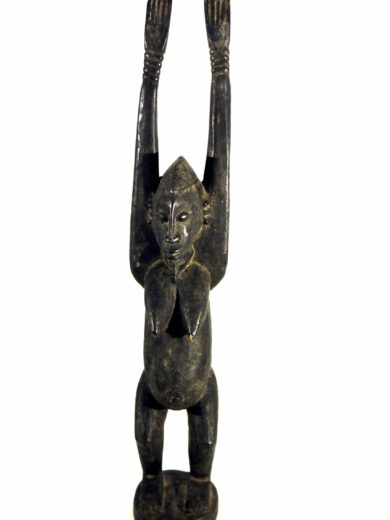

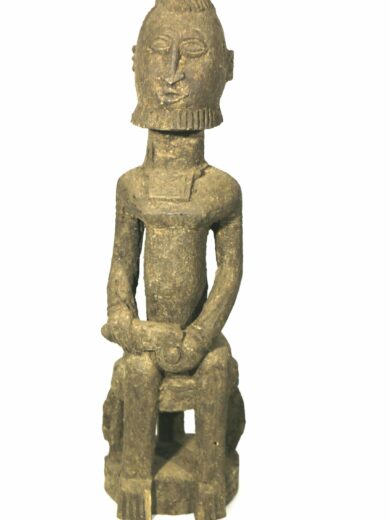
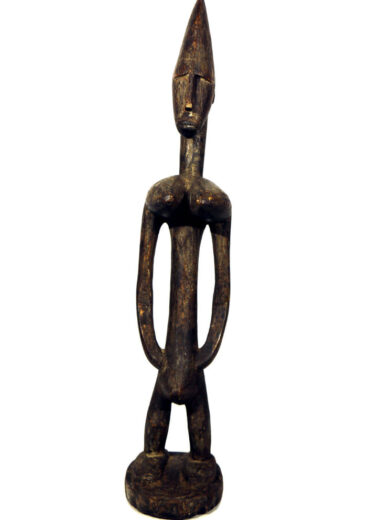

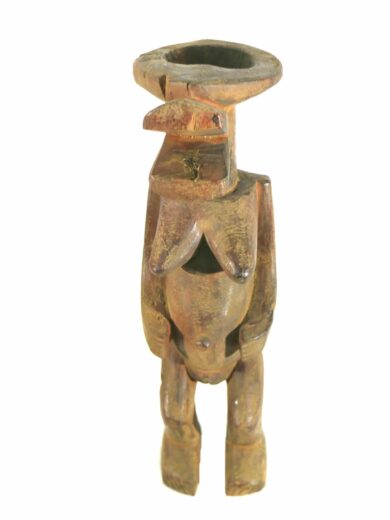


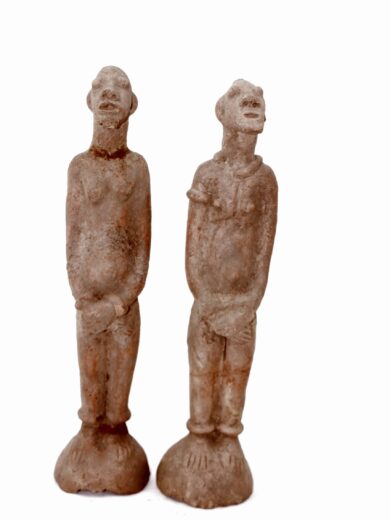
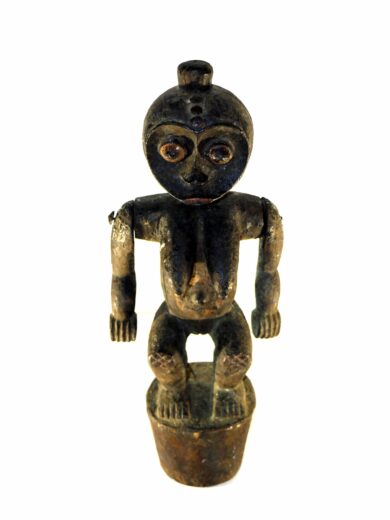
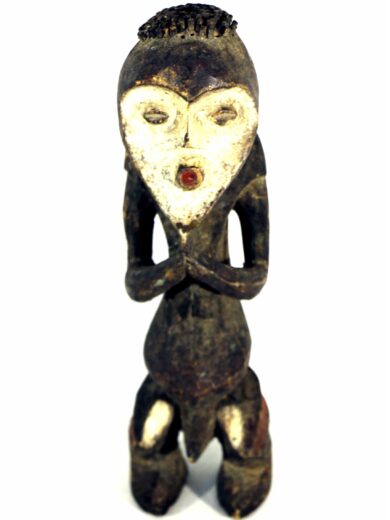
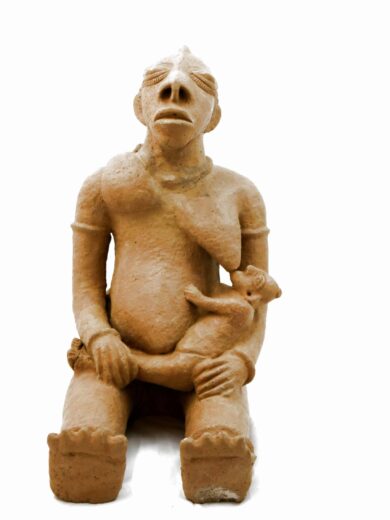
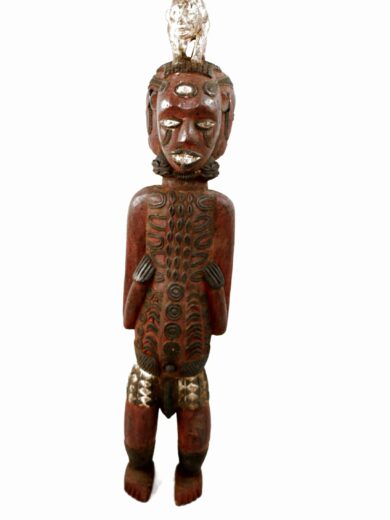
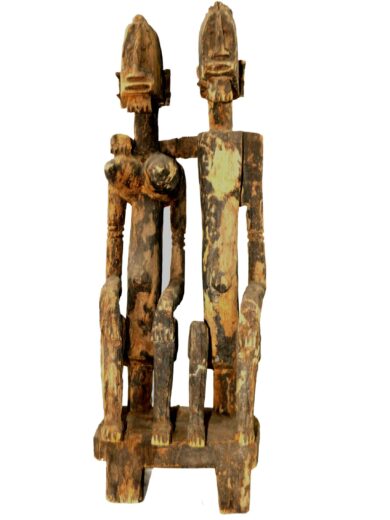

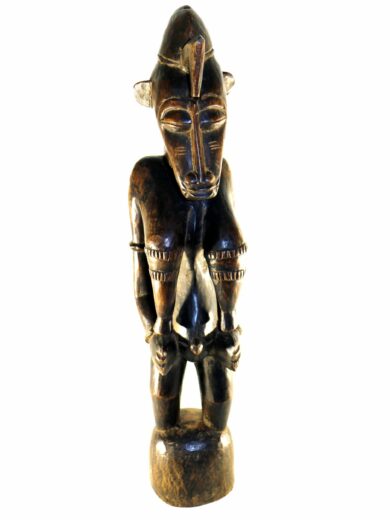
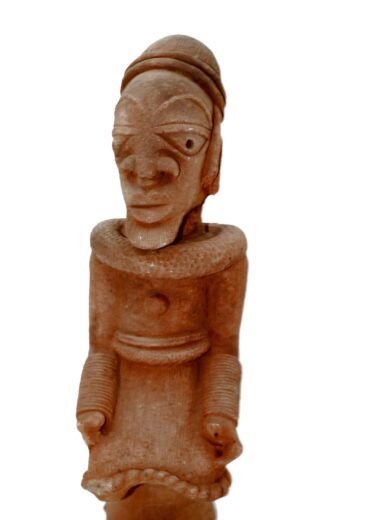
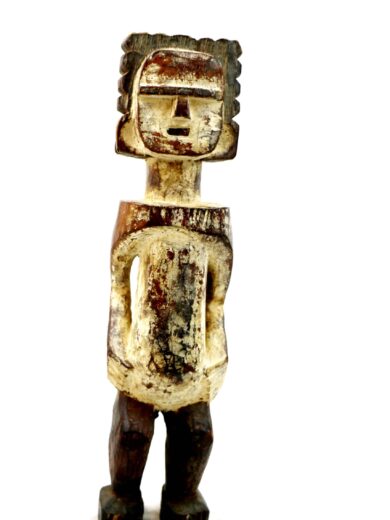


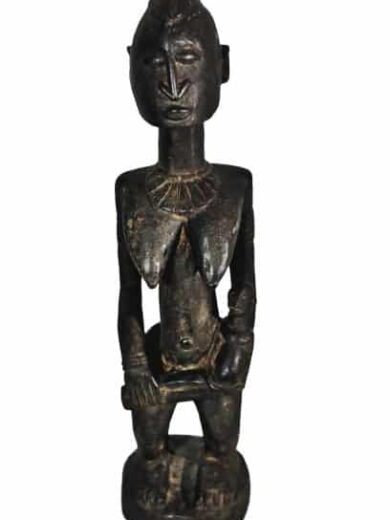


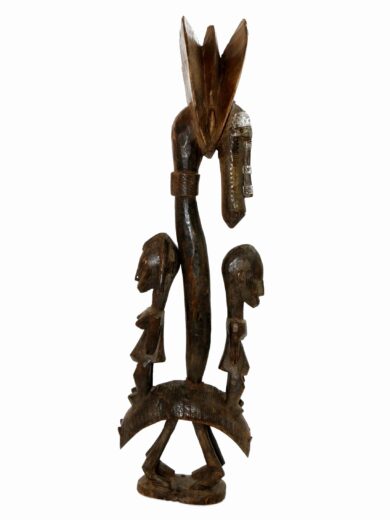

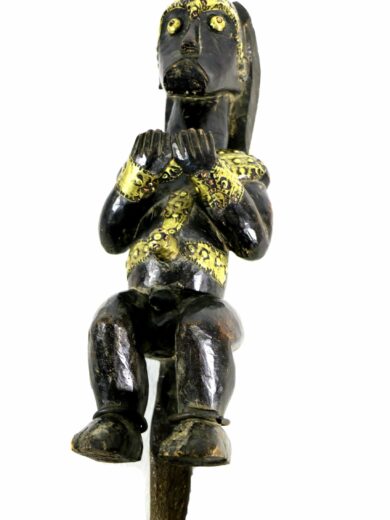
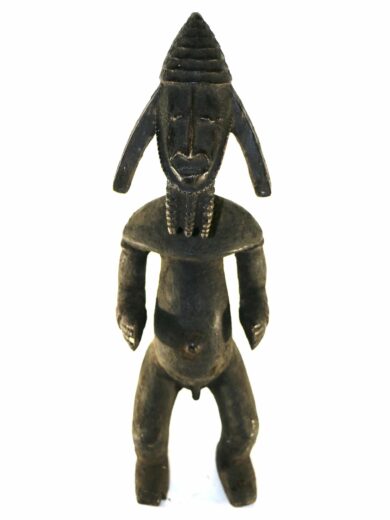
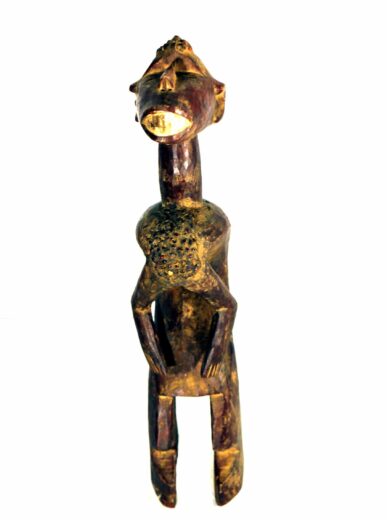
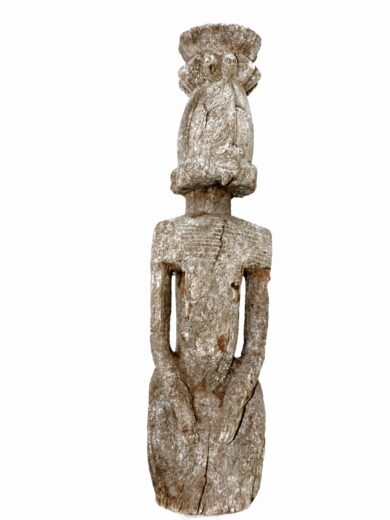
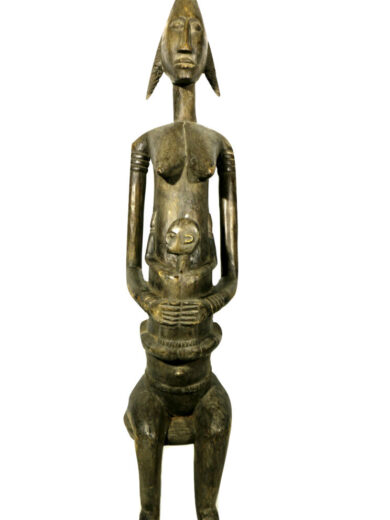
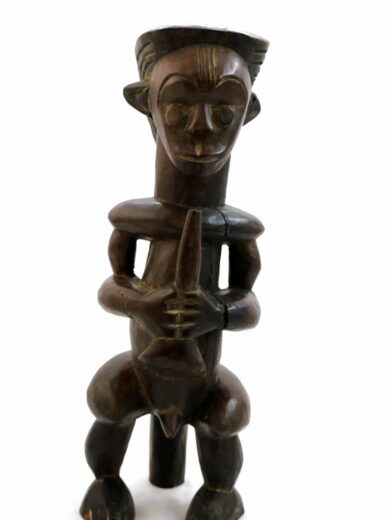


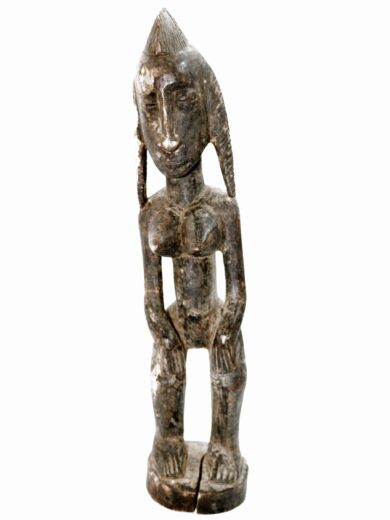
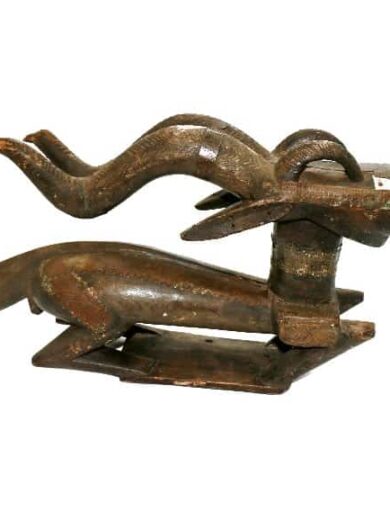
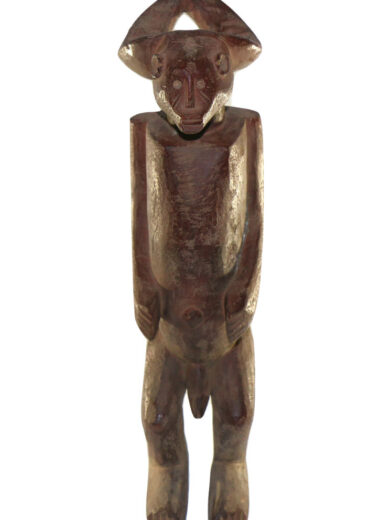
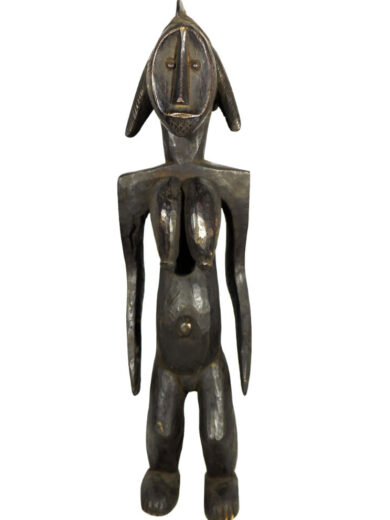
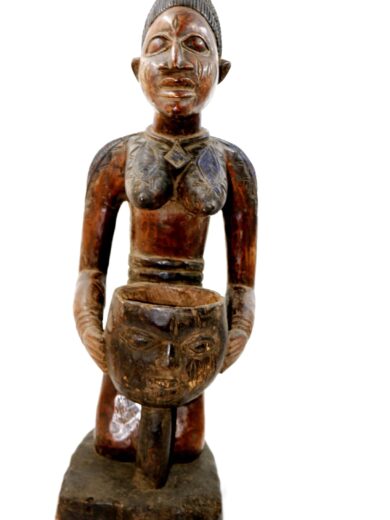

Reviews
There are no reviews yet.